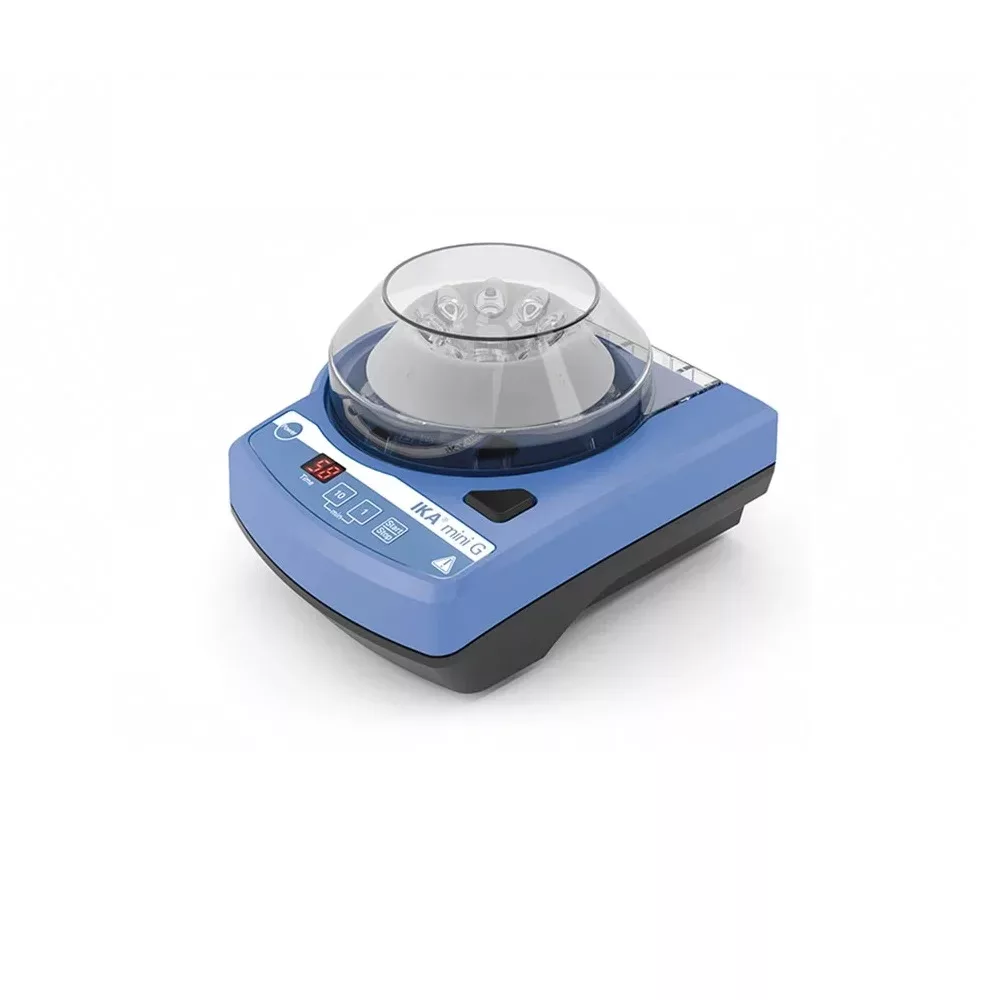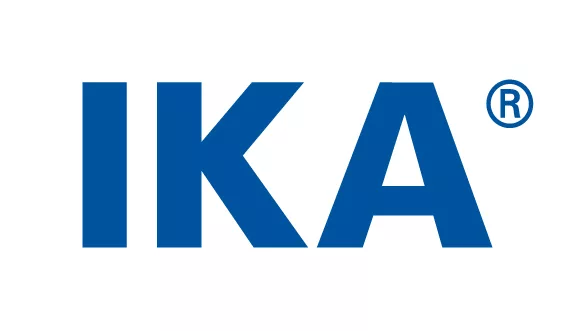Centrifuge: The Power Behind Separation and Precision
Centrifuge IKA mini G is one of the most essential instruments in any modern laboratory. From clinical diagnostics to research and quality control, this device enables rapid, precise, and efficient separation of mixtures based on density. Whether you’re processing blood samples, purifying DNA, or separating chemical compounds, the centrifuge remains indispensable in achieving reliable and reproducible results.
But how does this simple-looking device become the backbone of complex scientific processes?
What Is a Centrifuge?
A centrifuge is a laboratory device that spins samples at high speeds to apply a strong centrifugal force. This force drives denser components of a mixture outward, allowing for efficient separation of solids from liquids or different liquid phases. Depending on the application, centrifuges come in various types and sizes, each tailored to specific tasks.
Key Applications of a Centrifuge
Centrifuges serve multiple industries, including:
-
Clinical Laboratories: Blood separation (plasma, serum, red cells)
-
Biotechnology: DNA/RNA isolation and purification
-
Pharmaceuticals: Separation of active ingredients and excipients
-
Environmental Testing: Soil and water analysis
-
Food and Beverage: Fat content analysis and quality testing
Benefits of Using a Centrifuge
Investing in a high-quality centrifuge offers numerous benefits:
-
✅ Fast separation of complex mixtures
-
✅ Accurate and repeatable results
-
✅ Customizable settings for various sample types
-
✅ Compact and quiet operation
-
✅ Enhanced safety features, including imbalance detection and lid locks
Types of Centrifuges and Their Functions
| Type | Key Features | Common Uses |
|---|---|---|
| Microcentrifuge | Small tubes (0.2–2.0 mL), high speeds | Molecular biology, PCR sample prep |
| Refrigerated Centrifuge | Maintains low temperatures during spinning | Heat-sensitive biological samples |
| Benchtop Centrifuge | Compact, mid-range speeds | Clinical, small research applications |
| Floor-standing Centrifuge | High volume and speed capacity | Industrial and large-scale labs |
| Ultracentrifuge | Extremely high speeds (up to 1,000,000 g) | Protein and virus purification |
How Does a Centrifuge Work?
The working principle is straightforward yet powerful. When the rotor spins, centrifugal force acts on the sample tubes. This force pushes heavier particles toward the outer edge (bottom of the tube) while lighter particles remain near the center.
Key factors that determine separation efficiency include:
-
Speed (RPM/RCF)
-
Rotor angle (fixed-angle or swing-bucket)
-
Sample volume and density
-
Temperature control (especially for biological samples)
Choosing the Right Centrifuge
Before purchasing, consider these factors:
-
🔹 Sample type and volume
-
🔹 Speed and g-force requirements
-
🔹 Temperature sensitivity
-
🔹 Available bench space
-
🔹 Rotor compatibility and accessories
-
🔹 Compliance with safety and regulatory standards
By choosing the correct centrifuge, you ensure consistent and high-performance results tailored to your specific workflow.
Why Centrifuge Technology Matters
Modern scientific research demands speed, precision, and efficiency — all of which the centrifuge delivers. With advanced digital interfaces, programmable protocols, and noise-reduction features, today’s centrifuges are not only more powerful but also more user-friendly than ever before.
From accelerating diagnostics in hospitals to aiding discovery in research labs, the centrifuge empowers professionals to separate the essential from the unwanted — literally and figuratively.





Reviews
There are no reviews yet.